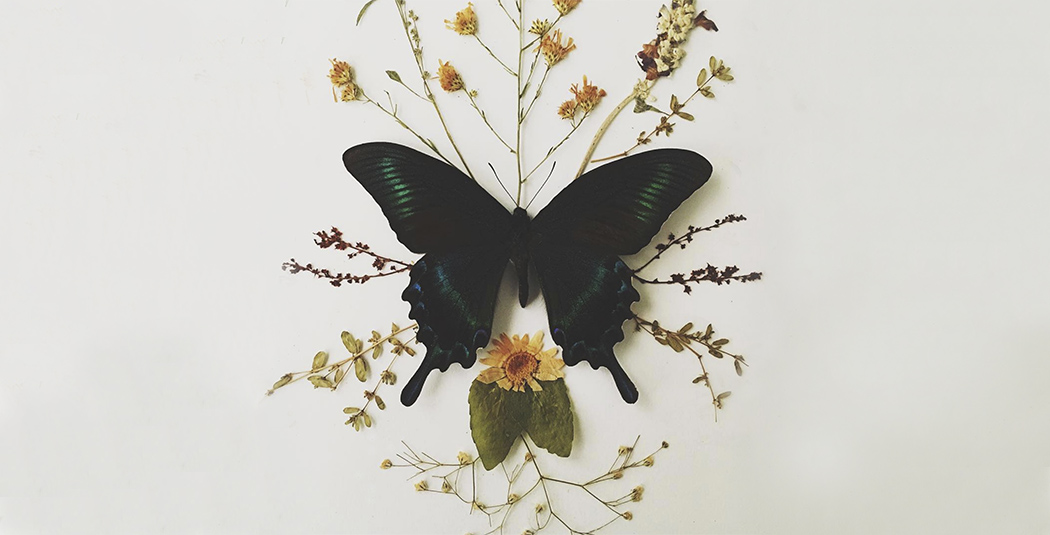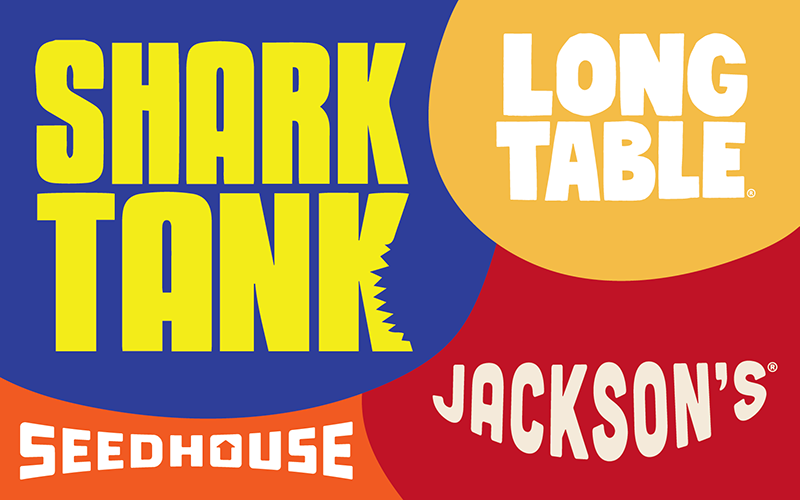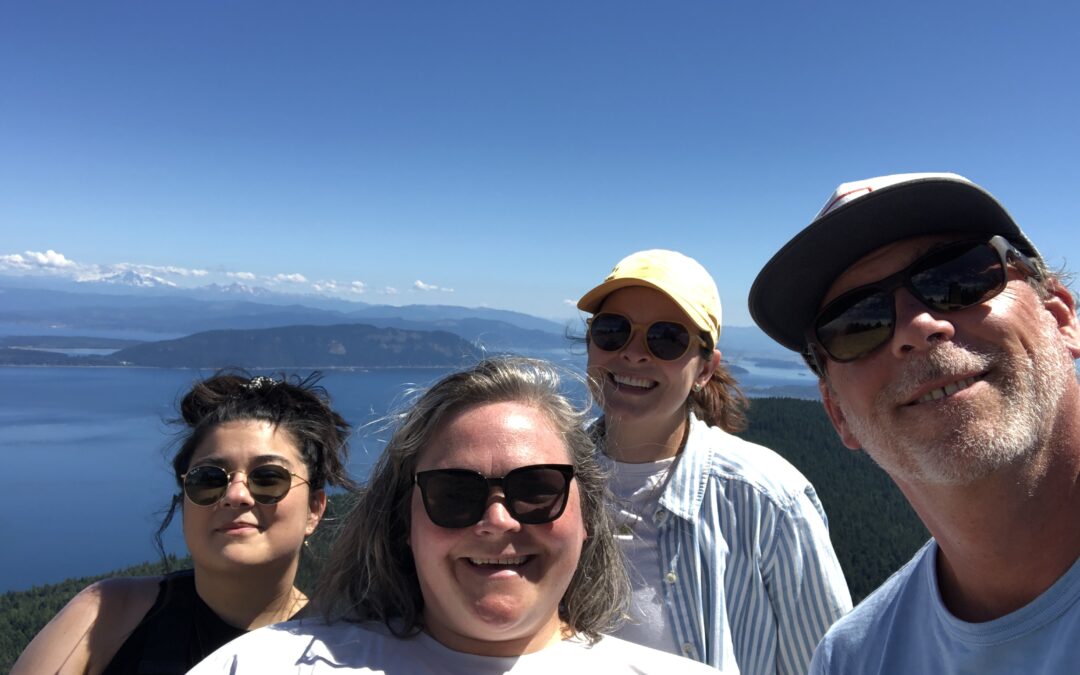
Critique the form. Assess the audience. Envision the desired outcome. Mold and cultivate ideas and shapes until you have something recognizable. Finesse the details and then present a visual that educates, inspires, and tells a story—all in a single glance. If you were thinking this was the baseline process for any design project, you were right. Design, however, covers a variety of media—and we’re going past typography and grids to take you into an entirely different and archaic world.
Butterflies.
For centuries, insect spreading has been a popular hobby. The act of collecting and then working with the collection to turn it into something of aesthetic and educational value is considered both a science and an art form. A key part of this is how the hobbyist chooses to spread (pose) and display the butterfly. Although you always need a light touch, you can play with what tools you use—a soft wooden board, strips of vellum, and thin needles are standard, but not necessary. The goals are to arrange the anatomy in a natural way, showcase the beauty of the specimen, and to do so without sacrificing the integrity of the individual parts.
Sometimes, though, you can push this step further if you find the right clues. With butterflies, it’s a matter of knowing what you’re looking at and elevating the specimen when the opportunity presents itself to give the narrative more depth.
This is where we begin to look at it from a designerly perspective: pushing boundaries to bring a stronger solution. Certain specimens have wildly different colorations on either side of the set of wings. In that case, you would spread them to be in mid-flight, so they can both be seen from a single angle. Others require a lighter touch, as their wings are entirely translucent and lack scales; therefore, you change your technique to accommodate. You need to understand the inherent narrative of the anatomy and see the path to pushing it forward.
Imagine butterflies as typefaces—every single typeface has a situation where it absolutely shines, but if you manipulate the single letterforms, you can elevate the entire experience and direct a new message. The framing and curation of your insects is the design challenge: What do you want to say? The dichotomy of the contemporary problem solving and archaic materials actually creates a whole new method of thinking: one that incorporates both utilitarian skills and intellectual finesse to create something that both conveys meaning and is visually inviting.
Form follows function. This rule applies itself in biology as much as it does aesthetically in popular culture, two very different systems. Designers employ foundational concepts in a variety of media to help elevate and communicate how we see this world. Sometimes we just do it with butterflies.






